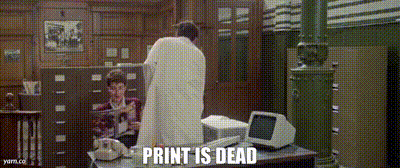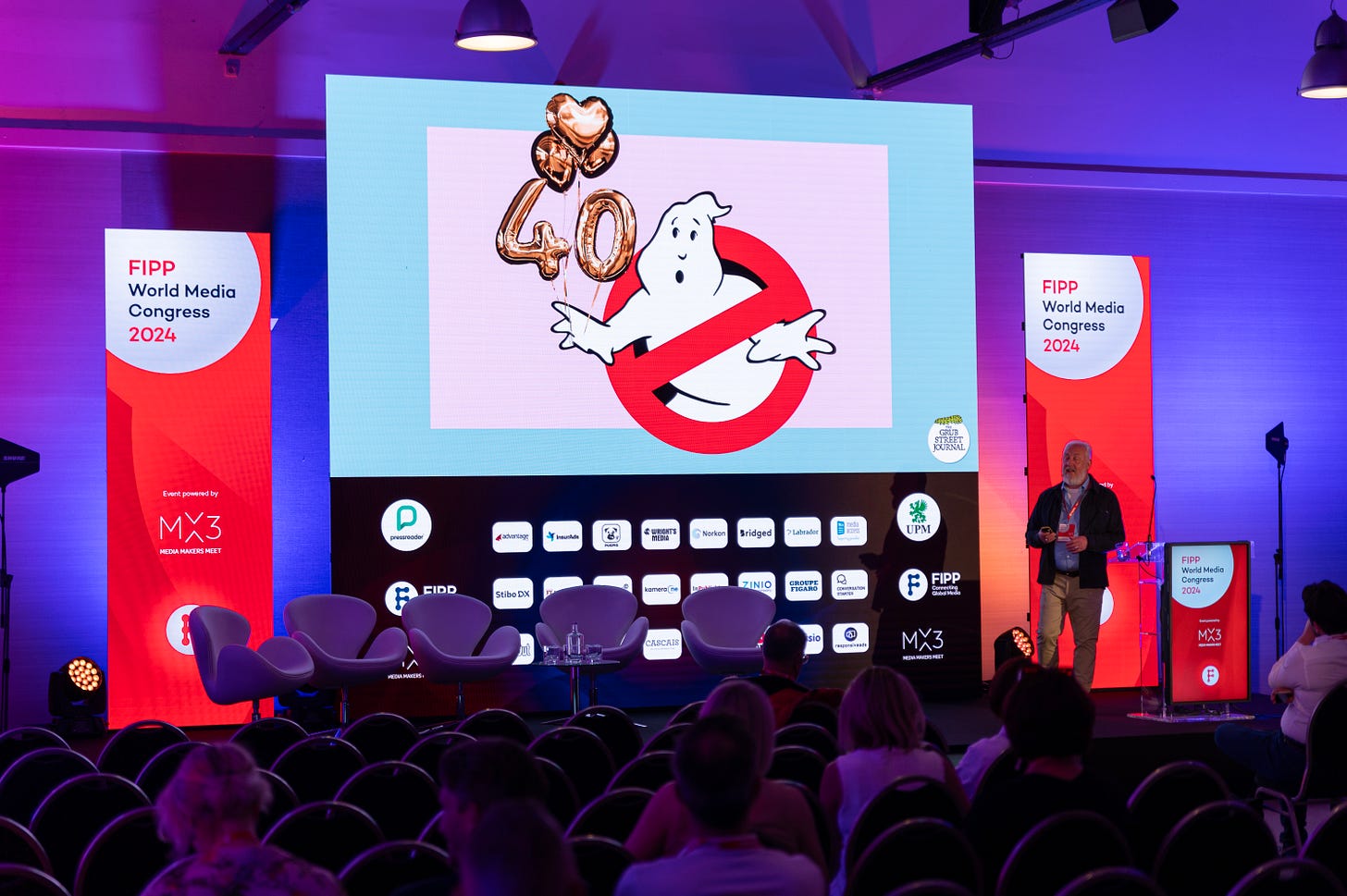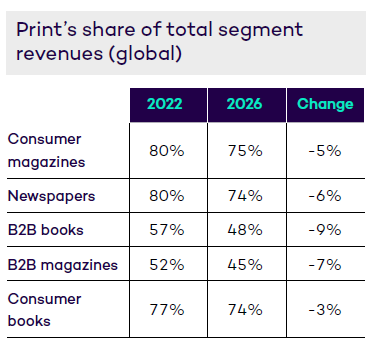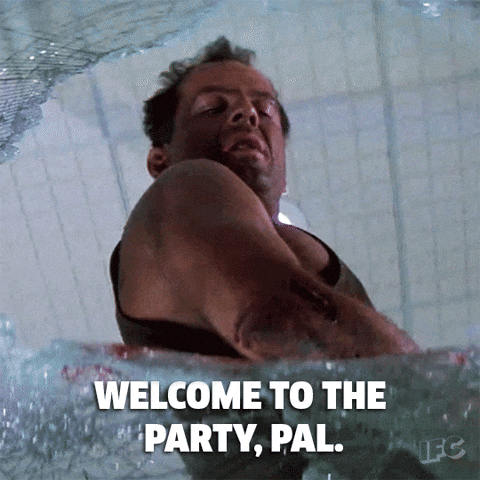Why print won't lie down and die
If you read The Grub Street Journal’s ‘Walking Dead’ issue you’ll know that the first Ghostbusters movie is 40 years old. You’ll also know that the whole ‘Print is Dead’ vibe we’ve been dealing with for four decades entered the public consciousness with that film.
Yep, that nerdy, fungus-collecting scientist Egon mainstreamed the toxic industry narrative that’s dogged the magazine business since I signed up towards the end of the 1980s.
And yet here we are in 2024… almost a quarter of the way through a new century… still printing magazines, still making money from them.
I told the Egon story at the FIPP World Media Congress last month as the opener to my presentation on why print won’t just lie down and die.
Of course I talked about all the touchy-feely-warm-fuzzy-lean-back-page-sniffing stuff that print afficionados love to talk about. But for this audience, I focussed in on the cold, hard cash that print magazines still generate.
For a format that’s dead, a projected 75% share of consumer-magazine revenues in 2026 seems pretty healthy to me. Even in B2B, where the shift to digital information products and services has been faster, a 45% revenue share is still significant.
The reality is lots of magazine publishers around the world still rely on the money they make from print publications to keep the lights on. More than half of the respondents to a FIPP survey last year get more than half of their revenue from print. And the vast majority are not expecting print income to go away any time soon.
The point of my presentation wasn’t ‘THIS IS FINE’.
We know magazine publishing is a challenging business. From audience fragmentation to rising print and distribution costs, the magazine people we talk to are feeling the pressure every day. But publishers that exclusively see print as an albatross they need to ditch risk missing a real opportunity.
The good news is more and more publishers are moving on from Egon’s old-school print-is-dead narrative and starting to think about new opportunities in the medium. From Kat Craddock’s sold-out Saveur relaunch to Bloomberg reinventing Businessweek as a 120-page monthly, print is in play again.
It’s been interesting watching the civilian press catch up with those of us in the trenches and as Joe Berger commented on LinkedIn, “It's nice of them to notice.”
Here are a some mainstream articles touting a print magazine revival:
Fast Company: Magazines aren’t dying—just ask these indie publishers
New York Times: In a digital age, high-end outdoors magazines are thriving in print
I’m glad they’ve joined the party, but I really have had enough of the ever-so-clever ‘print is having its vinyl moment’ headlines.
It’s not, and next week I’ll tell you what I told the FIPP audience about how comparing print with vinyl is lazy and disingenuous, but how magazine publishers can actually learn some really valuable lessons from the vinyl comeback.
Print x (Premium + Portfolio + Possibilities)= Profit
Of course, there’s no magic formula for print success in 2024.
You get the point, though.
Being successful in print today is about swapping volume for value, creating a premium product and amplifying its reach with a broad digital presence. Then, with that audience in place, it’s about exploring the unique possibilities that a physical product presents.
To exploit their own print opportunities, publishers need to figure out:
What a premium product looks like to their audience
How to integrate a low-frequency magazine into a high-frequency digital portfolio
What innovations they can introduce to make their print product really special
So why won’t print lie down and die?
There’s no one answer to why Egon was talking nonsense back in 1984, but he was. Print is not dead for a million reasons…
There’s still money on the table
Readers are still buying it
It does things digital media can’t do
But maybe more than any of those things, there is a passionate magazine-making community determined to keep print alive. That’s why we started The Grub Street Journal. Now all we have to do is find our formula.
Peter







